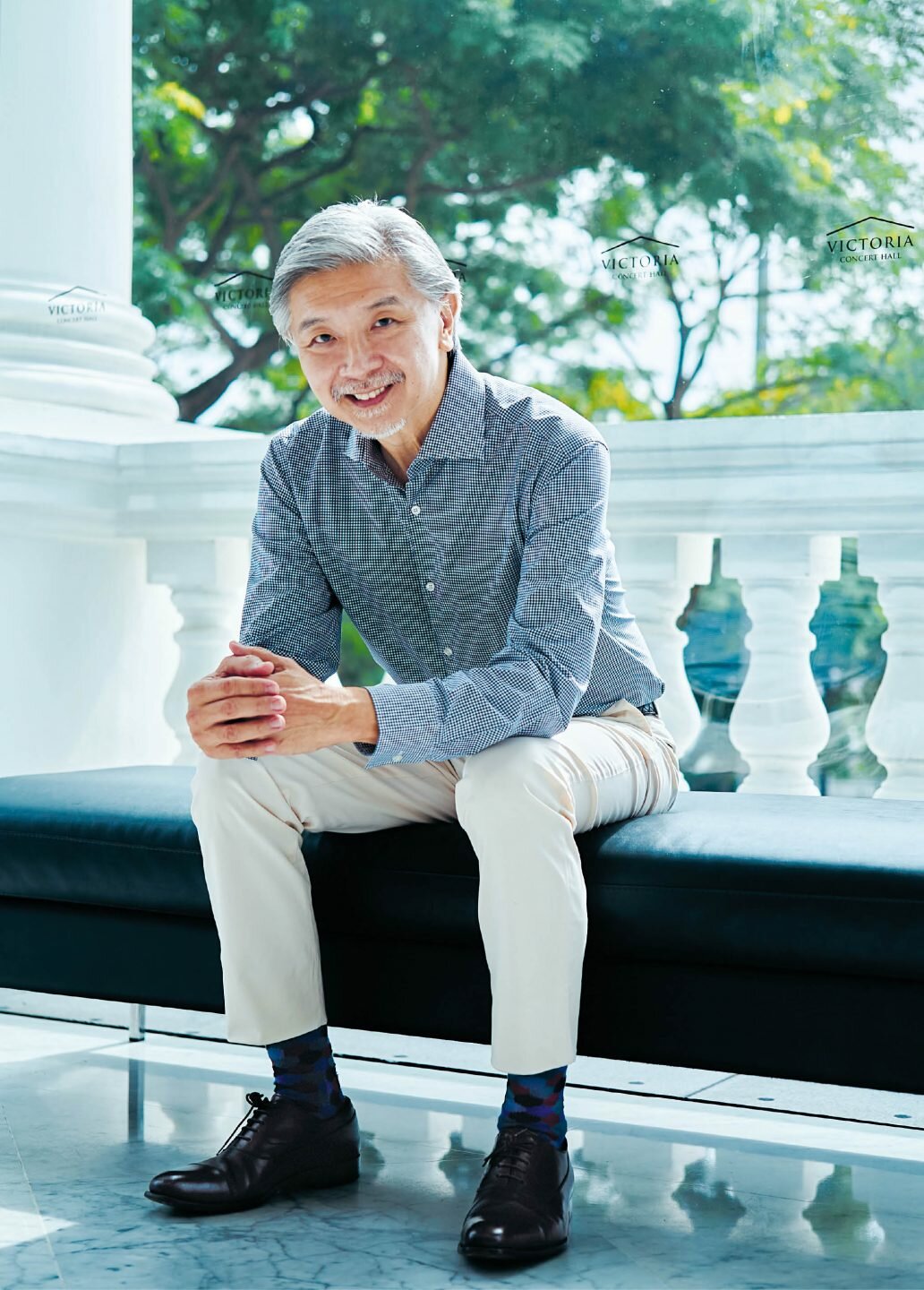With five different venues under Arts House Limited (AHL), its chairman Wilson Tan seeks to encourage inter-disciplinary collaborations among artists. His goal? To enrich the arts scene in Singapore and transform the crisis posed by the pandemic into opportunities to connect with people the world over. He lets us in on his strategy, which includes using technology to help create new languages of expression.
What role does AHL seek to play in Singapore’s arts industry?
AHL is unique in that we manage five different venues: Victoria Theatre and Victoria Concert Hall, The Arts House, Aliwal Arts Centre, Goodman Arts Centre and Drama Centre.
Being multi-sited, we can cater to multi-disciplinary art forms, from literary and visual to performing arts, and work with various artistic communities in Singapore. Being multi-sited also allows us to showcase the relevance and prominence of art and culture in the different precincts we are located in. We envision ourselves as inter-disciplinary and leverage on our venues to curate projects together (Aliwal Tracks is a web series that features digital performances and virtual showcases by artists and creatives based in Aliwal Arts Centre. Check out the full line-up here).
For example, can poetry that describes a painting also be presented as a dance? When we are able to merge different art forms into a singular artwork, we can look forward to a richer cultural experience for Singapore and even the Asean region.
So we want our spaces to serve as platforms to create joint opportunities where artists can come together and explore inter-disciplinary collaborations (happening 22 Jan to 28 Feb at The Arts House, Open Books: I Want To Go Home is a multi-sensory installation that draws on Wesley Leon Aroozoo’s 2017 documentary of the same name and conveys the importance of love, hope and determination. Details here).
What challenges do you face here?
Artists, by virtue of being so good and professional at what they do, can become very focused and detailed in their craft. We want to help artists see the range of possibilities presented by, say, tapping on technology, as a medium of expression. At some point, they need to consider using technology to extend and expand their art forms.
In 2021, AHL hopes to work with artist communities by using technology to create new languages of expression. For example, an LED screen with motion-detection technology can be deployed to help elevate an interactive performance between dancers and the digital backdrop. This can create new experiences for both the artists and the audience.
Amid the challenges artists in Singapore had to grapple with due to Covid-19 last year, a local survey described artists as “non-essential”.
It is important to recognise and respond promptly to ground and stakeholders’ feedback; it’s equally important to use this feedback to continue in AHL’s mission, that is, to showcase how the arts can improve our lives and that of others in our communities and Singapore. The arts are crucial to building Singapore’s nationhood; that’s why our artists and the arts community continue to be relevant post-Covid.
You have extensive management experience in other industries, such as retail, telecommunications and information technology. How does that enhance your role as chairman of AHL?
Whether one specialises in commerce or technology, the way we live our lives writes and reflects our history and culture, which defines who we are as a community. I love food, so I will compare the curation and presentation of the arts to diverse cuisines.
For example, people add spices to their food to bring out the best flavours. Over time, this unique way of life became part of their identity and culture. Similarly, different art forms in Singapore can spice up our lives and add colour to the mundane. This continuous overlay of the arts enriches our lives and makes us unique within Asean as we absorb the rich traditions that are around us.
Through the arts, we can reach out to different communities, including youths, the elderly and people with disabilities, inspiring them to express themselves and overcome their own challenges. Furthermore, the arts can serve as a bridge to heal chasms against the backdrop of socio-political changes happening throughout the world.
Is there an artist whose work embodies your approach?
Antoni Gaudi, who designed the La Sagrada Familia in Barcelona. He produced prodigious architectural works that weren’t just interesting to look at but became international landmarks that also met the aspirations and needs of their original owners and users. His works, including furniture, are outstanding – the Gossip Chair allows users to have intimate conversations without even having the need to face one another. That’s how art can be – functional, relevant and yet enriches lives.
A version of this story first appeared in the January/February 2021 issue of A Magazine.
